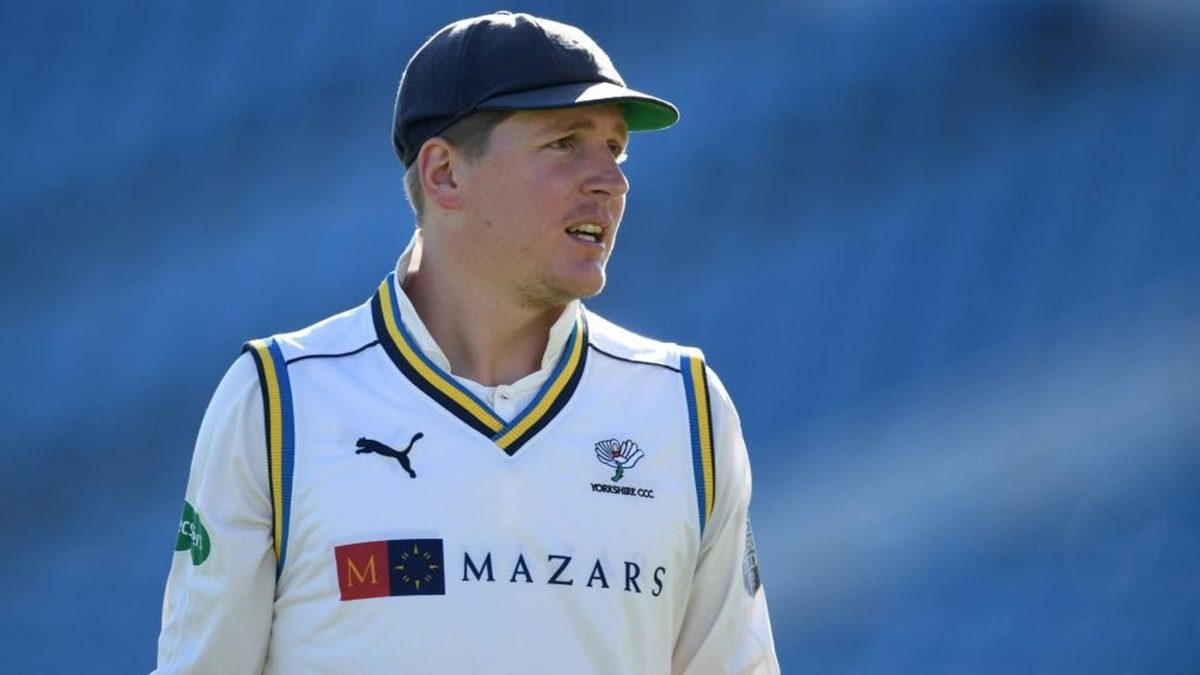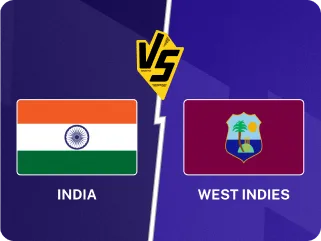
Gary Ballance is an England batsman who splits opinion like no other. Michael Rudling argues the case for his return to the England fold.
There is a batsman with more County Championship runs than anyone bar Rory Burns since the start of 2017. He is the youngest of the 11 current cricketers with 40 first-class Hundreds. He was the fastest English batsman to 1,000 Test runs in nearly a century. He averages more in Tests than Mike Gatting, Nasser Hussain, or Allan Lamb. His name is Gary Ballance, and he hasn’t played a Test since 2017.
Ironically, the name Gary Ballance tips England fans in two violently different directions. There are those who point to the average and the hundreds, hailing him as the ignored answer to the 30-3 conundrum. The other camp look instead to his odd, deep-in-the-crease technique, and argue he’s had enough chances to establish himself as a Test player and blown them all.
But is that really the case? And should it be? Let’s look back at how it all unfolded.
Ballance’s early England career was of the Vinod Kambli variety, each following a local golden-boy into the national side, being prolific initially but left out soon after. After an impressive domestic season, the Zimbabwe-born batsman raced to 1,000 Test runs in 17 innings (the fastest for England since Hutton and Sutcliffe). At that point he had four hundreds, five fifties, and an average of 67.93 to his name. He was dropped just five Tests later.
Despite scoring a vital 61 (an innings Ballance recently described as his best for England) in an Ashes win at Cardiff in his penultimate Test, there was a growing perception that the Yorkshireman struggled against left-arm-pace, with first Trent Boult and then Mitchell Starc working him over, and England replaced him with his in-form teammate Jonny Bairstow for the third Test. For some, he’d been found out, and was sensibly jettisoned to work on his game. For others, he wasn’t given nearly enough rope.
As is often the case after a player has been dropped, Ballance struggled at first on his return to county cricket. He averaged just 28 from the first seven County Championship games of the 2016 season, but struck a match-winning hundred against Middlesex in the eighth, and was parachuted straight back into the England side. The left-hander managed an important 70 as England won at Edgbaston, but failed to score runs with the consistency he had two years earlier. He was dropped in the bleak mid-winter after struggling in Bangladesh. Again, in some eyes he hadn’t remedied the flaws discovered in his first stint. Or he was recalled too early, putting him in the firing line unfairly.
His last stint as an England player (so far) came in 2017, as his old mate Root recalled him for his first Test as captain. This time, there could be no quibbling with his record. Ballance was perhaps batting as well as he ever has done at this point, averaging 98.55 for Yorkshire.
But, after three starts in four innings against a potent South African attack, his index finger was broken by a Morne Morkel short ball. He has been overlooked ever since. From the start of 2017 to the end of 2019 Ballance averaged 47.45 in first-class cricket. Since his debut, England have tried 12 other men at No.3. Between them they have scored three hundreds in 117 innings. At first-drop in Tests, Ballance has four hundreds in 29 innings at an average of 46.44. The last man to bat as often in that position and average more for England is David Gower. That he should not find a place in a 55-man training group, as was the case at the start of this summer, borders on the absurd.
It’s worth dwelling more on the technical point too. For while aesthetically not much changed in Ballance’s different stints in the team, an investigation from CricViz showed that plenty else did, including where he scored his runs and the type of bowlers who got him out. Seeing a batsman with an odd technique struggle and automatically linking the two is lazy. One wonders what would have happened if he had emerged now.
When Ballance was in the side, he played alongside the likes of Root, Ian Bell, James Vince and Alastair Cook. Three players with techniques that could have been printed in Calling All Cricketers, and one who was considered unorthodox at the time, but only because his head fell over a bit and he wasn’t David Gower. In that side, Ballance’s odd trigger and lack of conventional foot movement was practically heretic, but in the current top order featuring Dom Sibley’s crab-shuffle and Rory Burns’ Morris-dance-of-a-trigger-movement, and in the age of Steve Smith, Ballance would look positively classical.
It’s not as if Ballance didn’t fiddle with technical tweaks. He just found that his tried-and-trusted method, the one that had won him a call-up in the first place, was what worked best.
“I tried to get a big stride in,” he told Cricinfo recently.”But my balance was all over the place and I nicked off more. So then I went back to what I know and what I know can work. I’m never going to be someone who takes a massive stride and I know it can look bad sometimes when I’m out, but I’m trying to play with my head closer to the ball and I think the 2019 season was one of my best so far.”
So why isn’t he in contention? It’s hard to avoid pointing the finger at national selector Ed Smith, with a predilection for a hunch and a tendency to stick by his favoured players for longer than others would. During his tenure, Smith is yet to pick an England No.3 based solely on their County Championship performance. Root started in the role before deciding he was better off at four. All of Moeen Ali, Ben Stokes, and Jonny Bairstow were then trialled, with England desperate to find a way to accommodate all their middle-order options.
Joe Denly averaged a shade under 40 the year before making his debut but was called up as a versatility batsman offering some part-time leg-spin for England’s Sri Lanka tour, persisted with for the West Indies squad, and then when Keaton Jennings floundered, found himself with a Test cap. Similarly, Zak Crawley was picked on temperament rather than weight of runs, averaging 34.78 in 2019 before being picked up for the New Zealand tour last winter.
In England’s 55-man ‘back to training group’ there were five options to fill the elusive No.3 spot in the Test XI: Dan Lawrence, James Vince, Zak Crawley, James Bracey, and Joe Denly. None of these average within nine of Gary Ballance in first-class cricket, and the current man in possession, Crawley, averages nearly 17 runs less.
Gary Ballance is now 30, typically the age where a batsman enters their peak, and his phenomenal record to date suggests he could go on to become one of the last titans of domestic first-class cricket in England. It’s easy to bracket him with Mark Ramprakash or even fellow Zimbabwe-born batsman Graeme Hick as county greats unable to make the step up, but unlike them, Ballance hasn’t really let England down. He performed well in his first spell and was unlucky to be dropped, he came back into the side in poor form and played accordingly, then was picked in the form of his life but cast aside after two uneventful Tests and a minor injury.
England have spent more than half a decade trying to find their replacement for Jonathan Trott. Maybe the first player they tried actually was the best option. Hopefully one day we’ll find out, as his record deserves.








